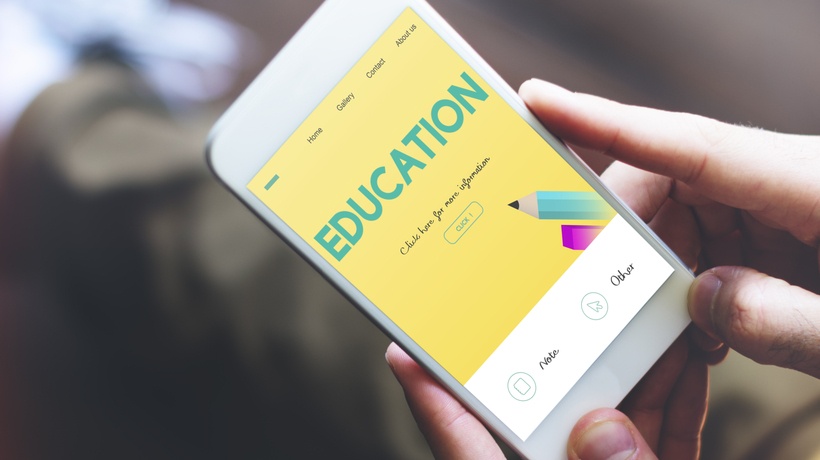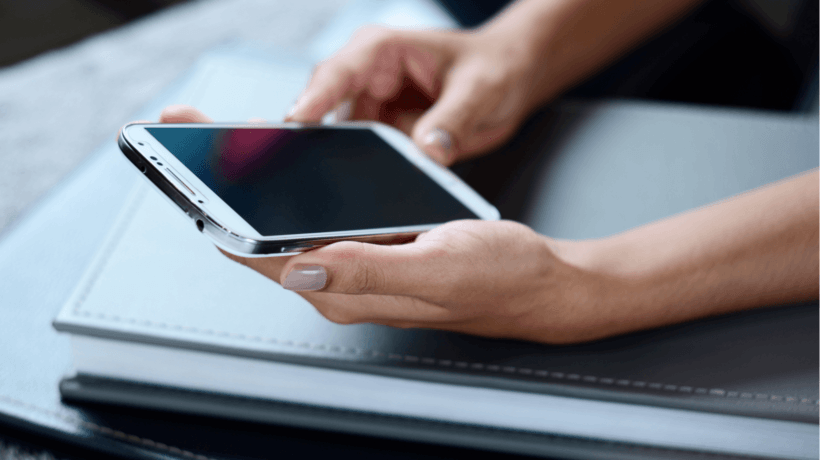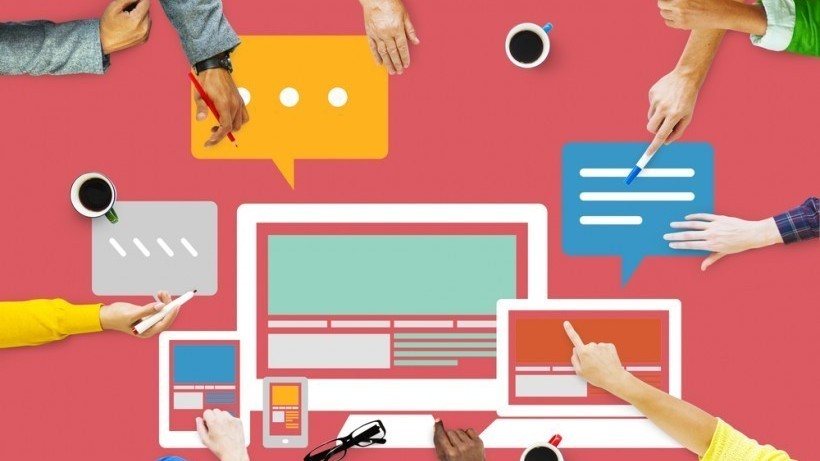5 Mobile Learning Design Strategies For Effective Learning On The Go
Workplace learning is now one of the top priorities of most organizations that want their employees to be abreast of the latest trends in their industry and comply with their norms. While the need for perennial workplace learning is clear and constant, the means of delivering learning are changing. The greatest shift is the inclusion of technology in the learning delivery, which ensures that employees can learn as per work schedule and other commitments. With the flexibility of learning as per need, employees and the organization as a whole benefit from it.
In recent times, the popularity of mobile devices is on the rise. Modern employees are now utilizing their handheld devices for many purposes such as checking mails, surfing the internet, online shopping, learning, and many more. As per the latest research, people spend more time operating the internet on their handheld devices (51%), as compared to desktop (42%). Thus, it is clear that we have to provide a satisfactory mobile learning experience to reach out to the modern workplace learners.
In the past, eLearning content was created for training materials on a large-format computer screen. Today, eLearning is being conducted on a variety of devices with different screen sizes. This is the area where responsive eLearning design can be utilized to create content for multi-device delivery. Responsive design enables e-content to adapt and readjust to fit the screen size it detects. Modern website developers have been designing websites that scale to fit screens for many years now, and this technology is now being embraced by eLearning developers as well.
Here are some mobile learning design strategies to deliver impactful learning through mobile devices:
- Design innovations.
Mobile learning courses should be built with a design that ensures easy navigation as ease-of-use should be the priority. Even if the courses are textual, there should be an effort to keep on-screen text minimal by employing design strategies. For instance, when creating an informative course for an organization, explanations about the various safety laws that govern a country were imparted as simple interactivity of click-to-reveal within the image. Not only did it lessen the OST, but enhanced learners’ interest by giving them “something to do”. - Interactive diagrams.
To make learning more interesting and provide relief, mobile learning designers can introduce various graphics into the courses. In addition to generic images that lighten up the screen, informative graphics provide impactful learning opportunities. For instance, for learning courses that explain the procedure of evacuation during an emergency, we utilized an interactive diagram outlining the procedures in a sequential and logical manner. It not only facilitated effective reading on mobile devices, but also increased the recall ability of the learners. - Acronyms.
This may need some creative thinking, but acronyms can be included to help learners remember with ease and for long. The acronyms can also be made interesting by adding clickable details, which help in gaining learner interest and make the content suitably detailed. In the case of concepts crucial to the learning outcome, this can be an interesting way to increase learner interest and enable them to remember and apply the knowledge at the workplace, whenever necessary. - Embedded video.
With increased technological development, mobile devices can now support a lot of different media elements. This has created a number of options for mobile learning designers. The inclusion of video in the courseware can add to the interactivity within the courseware and make it more appealing to the learner. If the courseware is text-extensive, the video element grabs the learners’ attention and retains it for long. Mobile learning courses that have a short video at the beginning of the program can help learners understand the scope and relevance of the learning material. - Mobile assessments.
Most eLearning courses include assessments that can reflect how much the learner has learned as well as retained. Mobile assessments of various types can help instructors, as well as learners, analyze the learning effort. Most mobile learning courses can be accessed through different devices, and the learning impact becomes huge when assessments are also accessed on these devices. The scores and progress can be automatically synched, and the learner can resume from where he left.
Hence, it can be concluded that mobile learning has moved on from the nascent stage and that there is a vast choice for mobile learning developers that can create impressive mobile learning design to make learning impactful as well as interesting. The learning design and technology used to deliver mobile learning need to go hand in hand for the success of mobile learning delivery.









